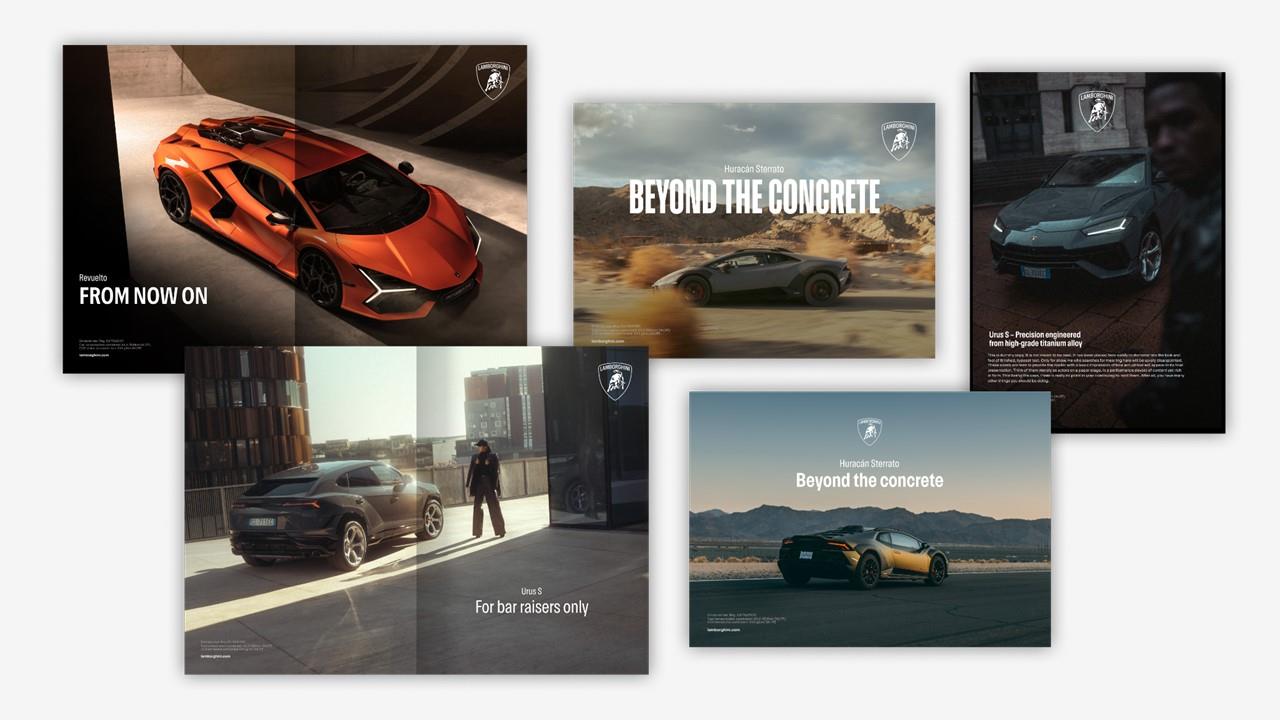Essentially, all software is built using open source. By Synopsys’ count, 96% of all codebases contain open-source software.
Lately, though, there’s been a very disturbing trend. A company will make its program using open source, make millions from it, and then — and only then — switch licenses, leaving their contributors, customers, and partners in the lurch as they try to grab billions. I’m sick of it.
The latest IT melodrama baddie is Redis. Its program, which goes by the same name, is an extremely popular in-memory database. (Unless you’re a developer, chances are you’ve never heard of it.) One recent valuation shows Redis to be worth about $2 billion — even without an AI play! That, anyone can understand.
What did it do? To quote Redis: “Beginning today, all future versions of Redis will be released with source-available licenses. Starting with Redis 7.4, Redis will be dual-licensed under the Redis Source Available License (RSALv2) and Server Side Public License (SSPLv1). Consequently, Redis will no longer be distributed under the three-clause Berkeley Software Distribution (BSD).”
For those of you who aren’t open-source licensing experts, this means developers can no longer use Redis’ code. Sure, they can look at it, but they can’t export, borrow from, or touch it.
Redis pulled this same kind of trick in 2018 with some of its subsidiary code. Now it’s done so with the company’s crown jewels.
Redis is far from the only company to make such a move. Last year, HashiCorp dumped its main program Terraform’s Mozilla Public License (MPL) for the Business Source License (BSL) 1.1. Here, the name of the new license game is to prevent anyone from competing with Terraform.
Would it surprise you to learn that not long after this, HashiCorp started shopping itself around for a buyer? It didn’t surprise me.
Before this latest round of license changes, MongoDB and Elastic made similar shifts. Again, you might never have heard of these companies or their programs, but each is worth, at a minimum, hundreds of millions of dollars. And, while you might not know it, if your company uses cloud services behind the scenes, chances are you’re using one or more of their programs
[…]
Software companies are ticked off. At least two Linux distros, Fedora and openSUSE, are considering getting rid of the Redis program. If they do, you can expect their big commercial brothers, Red Hat Enterprise Linux (RHEL) and SUSE Linux Enterprise Server (SLES) to follow suit.
Who’s really furious about this, though, are developers. It’s their work, after all, that’s disappearing into semi-proprietary vaults, never to be touched by them again.
So, as they’ve done before and they’ll do again, at least two sets of programmers are forking it. First off the mark was Drew DeVault, founder and CEO of SourceHut, with Redict. He was quickly followed by Madelyn Olson, principal engineer at Amazon ElastiCache, itself an open-source fork of Elastic. However, as Olson observed, this as-yet-unnamed Redis fork is not an AWS project. AWS is working on its own response.
Why is this a problem? Using open source also means you get free contributions whilst creating the code – that could be programming done for free, but also quality assurance done for free. So basically you take other people’s work and steal it to sell as your own.
Part of the problem is caused by the Free Open Source Software (FOSS) die-hard fundamentalists, a bunch of tenured university based software developers on a payroll, who absolutely refuse to allow other FOSS developers – who may not have a payroll – to make any money whatsoever on a FOSS license. This is a problem I have been addressing for years and which has gained quite a lot of traction since then.










